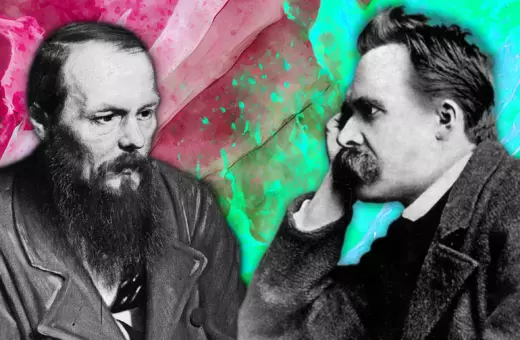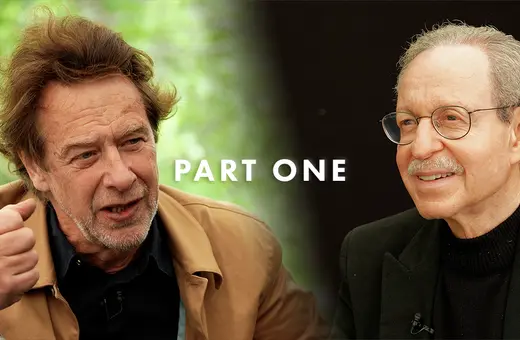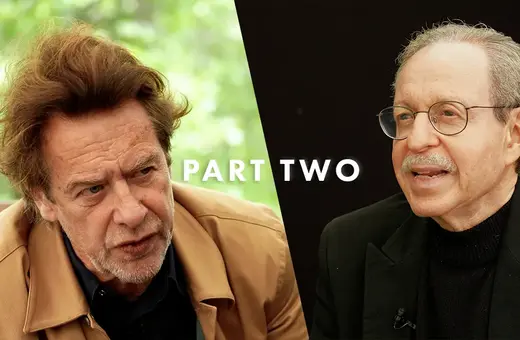Truth is what corresponds with the facts, right? That might seem like a simple and common-sense view, but as it turns out it is far from either of those things. Despite its many complications, the correspondence theory of truth is the default that contemporary analytic philosophers espouse. Perhaps surprisingly, critical theorist Jürgen Habermas can help us formulate a more plausible account of truth. Habermas reminds us of the social processes involved in our inquiry into the truth: it’s a never-ending attempt to generate social agreement through open, non-coercive and honest communication with others, writes Paul Giladi.
The correspondence theory of truth enjoyed, and still does to an extent, a rather privileged status in the Anglo-American philosophical world: it was (and in some circles remains) the default way Anglo-American philosophers answered one of the Big Questions of philosophy. Truth, according to this theory, amounts to correspondence with reality. In other words, a sentence is true when it corresponds to the way things are in the world, the facts, if you like.
But despite the mass-appeal and apparent simplicity of the correspondence theory of truth, it’s not at all obvious what its main claim is supposed to be. In trying to overcome the metaphysical complexities of the correspondence theory, Jürgen Habermas offers an alternative way of understanding truth, not as a direct relationship between language and the world, but as a special kind of social agreement.
The appeal of correspondence
I think there are at least two reasons for this mass-appeal of the correspondence theory within analytic philosophy. First, truth-as-correspondence prima facie has a lot going for it: it’s attractive insofar as a correspondence relation hooks up our sentences with the concrete objective world studied by all intellectual disciplines. Truth-as-correspondence also taps into ordinary common sense; the basic idea of the sentence ‘It is raining in Manchester’ corresponding to the fact that it is raining in Manchester is quite easy to understand. Truth-as-correspondence is a good, old-fashioned, no-frills position – the classic view of metaphysics and epistemology famously articulated already by Aristotle: “To say of what is that it is not, or of what is not that it is, is false, while to say of what is that it is, and of what is not that it is not, is true”.
Truth-as-correspondence is a good, old-fashioned, no-frills position – the classic view of metaphysics and epistemology famously articulated already by Aristotle: “To say of what is that it is not, or of what is not that it is, is false, while to say of what is that it is, and of what is not that it is not, is true”.
Second, the activity of labelling alternatives to the correspondence theory, such as coherence theories of truth (truth is what is internally coherent), pragmatist theories of truth (truth is what works), and semantic deflationism (truth claims are superfluous), as ‘alternatives’ reinforces how correspondence is the default position. Though there are obvious disanalogies here, correspondence may be thought of as similar to whiteness, marriage, and capitalism: It’s so traditional that it seems natural. It has normalising power. You devote a significant portion of your attention to it. You frame how you think about truth in terms of either advocating correspondence or railing against correspondence, and if you do the latter, you often receive incredulous looks.





















Join the conversation